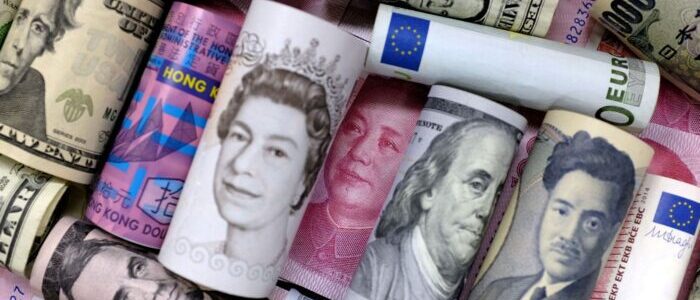
The pound sterling again falls against the dollar due to renewed concerns about the British budget deficit amid announced tax cuts.
The pound by 9:05 a.m. fell 1% to $1.0782 compared to $1.0891 at the close of the previous session.
On the eve of the British currency rose after statements by the Bank of England about its intention to start buying long-term government bonds in an unlimited amount to stabilize the market, but the rise was short-lived.
Earlier this week, the pound hit a new all-time low against the dollar, and its fall since the beginning of the month could be a record since June 2016, when the British voted to leave the European Union.
The ICE-calculated index, which shows the dynamics of the US dollar against six currencies (the euro, Swiss franc, yen, Canadian dollar, pound sterling and the Swedish krona), rose by 0.85%, the broader WSJ Dollar – by 0.6%.
The euro/dollar pair is trading at $0.9668 compared to $0.9736 at the close of the session on Wednesday, the euro is losing about 0.7%.
The rate of the American currency against the yen increases by 0.4% and amounts to 144.64 yen compared to 144.12 yen the day before.
Meanwhile, the Chinese yuan is rising against the dollar for the first time in nine sessions. The yuan traded in mainland China rose to 7.1963/$1 from 7.2005/$1 at the close of the previous session.
The People’s Bank of China (PBOC, the country’s central bank) released a statement last night warning speculators that they would definitely lose money in the long run on betting on a weakening yuan and called on key market players to “protect the authority of the reference rate.”
The yuan on the mainland has fallen about 4% since the start of the month, and on Wednesday it hit a new low since 2008. Meanwhile, the offshore yuan traded in Hong Kong has fallen to its lowest level since the introduction of a separate trading system in 2010.